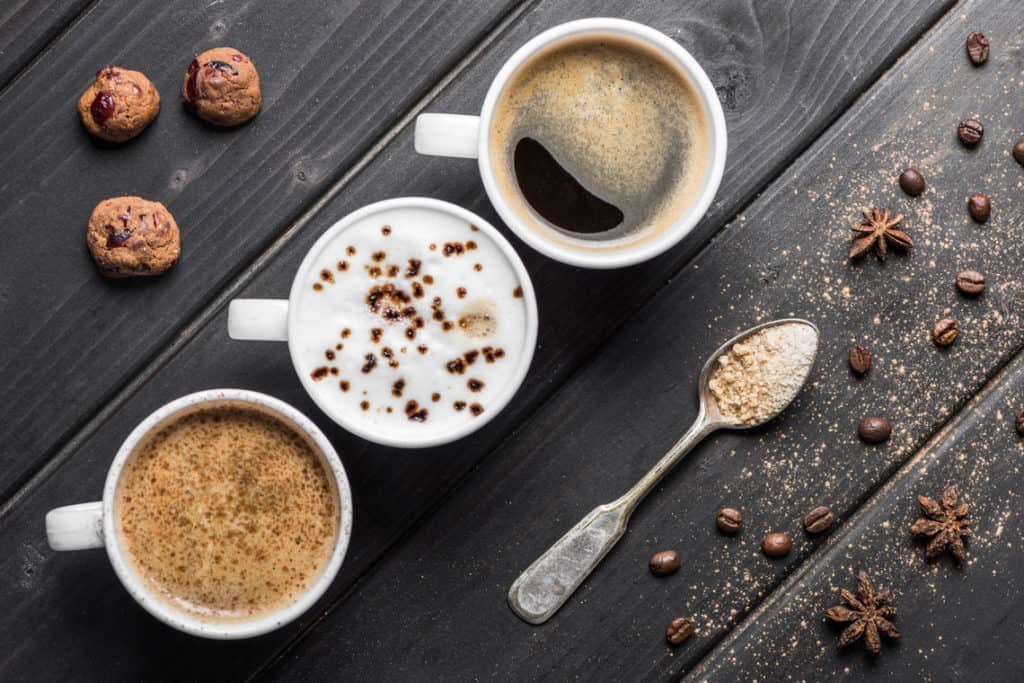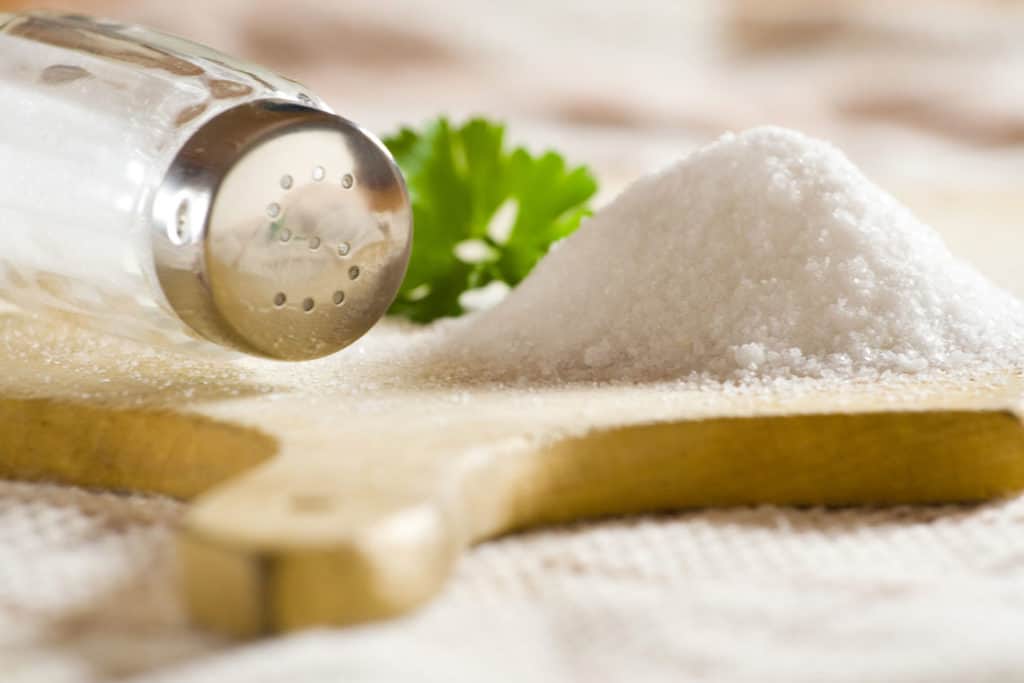When we think of coffee, we often imagine the aroma wafting from a freshly brewed cup and the rich flavor dancing on our palates. Yet, for true coffee connoisseurs, the sensory experience goes far beyond that first sip. One of the most intriguing aspects of coffee tasting is the aftertaste, that residual sensation of flavor that lingers in your mouth after you’ve swallowed.
Coffee aftertaste can be markedly different from the initial taste and aroma of the brew. Depending on the beans, roast, and brewing technique, you might be left with notes of rich dark chocolate, a nutty undertone, a touch of ashy bitterness, or even a surprising metallic zing. Moreover, the aftertaste can stick around for a surprisingly long time, adding another layer of depth to your coffee-drinking experience.
The Science Behind Coffee Aftertaste
The aftertaste of coffee is a complex interplay of various compounds that are released when the coffee grounds come into contact with hot water. The coffee solubles, such as acids, caffeine, lipids, and oils, dissolve or emulsify in water and saliva, creating a rich tapestry of tastes and flavors.
The different compounds in coffee all have varying lengths of aftertaste, which can greatly influence the overall balance of taste and flavor. For instance, chlorogenic acids can add a fruity tartness, while phenolic compounds can contribute to a bitter aftertaste. The complexity of coffee aftertaste truly is a chemistry lesson in every cup.
The Role of Retronasal Olfaction
The human perception of aftertaste is significantly influenced by retronasal olfaction – the process of smelling from the back of the mouth up through the nasal cavity. When you swallow your coffee, it increases the movement of aroma molecules from the back of your throat to the nasal cavity, amplifying the flavor experience.
Larger and less water-soluble molecules tend to linger longer in the mouth and nose, adding depth and longevity to the aftertaste. These could be associated with flavors like chocolate, nut, or spice, contributing to a prolonged, delightful experience.
The Impact of Roasting and Brewing
The methods of roasting and brewing play significant roles in shaping the aftertaste of your coffee. Over-roasting or over-extracting coffee can lead to a harsh, bitter aftertaste due to the excessive release of coffee oils. Conversely, under-roasting or under-extracting coffee can lead to a weak, sour aftertaste due to inadequate flavor development.
Different roast levels and brewing techniques can accentuate distinct aspects of the coffee’s origin, variety, and processing. For example, a light roast brewed via pour-over might highlight the bright acidity and fruity aftertaste of an Ethiopian Yirgacheffe. In contrast, a dark roast prepared in a French press might enhance the earthy, chocolatey aftertaste of a Colombian Supremo.
Describing Coffee Aftertaste
Describing coffee aftertaste is as much an art as it is a science. You can evaluate and communicate your sensory experience in numerous ways. Descriptive words, sensory scales, and flavor wheels all offer a framework for characterizing aftertaste. Intensity, duration, quality, and balance are common terms used to describe this aspect of coffee tasting.
Tools like the Specialty Coffee Association’s cupping protocol or the World Coffee Research’s sensory lexicon can help you articulate your experience more precisely. Similarly, the Coffee Taster’s Flavor Wheel or the Coffee Aroma Wheel can guide you in identifying specific notes in the aftertaste.
If you want to improve your ability to describe coffee aftertaste, consider tasting different coffees side by side, using reference samples, or participating in a cupping session. These practices can greatly enhance your sensory vocabulary and your appreciation for the diverse world of coffee.
Conclusion
Understanding and appreciating coffee aftertaste adds a new dimension to the coffee-drinking experience. Whether you love a deep, chocolatey finish or prefer a light, fruity fade, there’s no right or wrong way to taste coffee.
Experiment with different coffees, roasts, and brews to find your favorite aftertaste. Explore and expand your sensory vocabulary, and don’t shy away from discussing your experiences with other coffee enthusiasts.
Last Updated on June 18, 2023 by Cristina Vélez




